Original Research can help you grow your audience, engage prospects and build momentum for your brand. Here are 18 strategies and tips to maximize the value of your original reseach.
1. Use Research Data to Create Blog Posts
Research will keep your blog happy! One research report will generate ideas for 5, 10+ blog posts. Start with a research chart and tell the story. Blog posts are great for SEO, audience engagement, educational pieces you can email to prospects, etc. To improve your blog, you need a regular cadence to the content you post, so having a steady flow of research is a tremendous help in filling your blog editorial calendar.
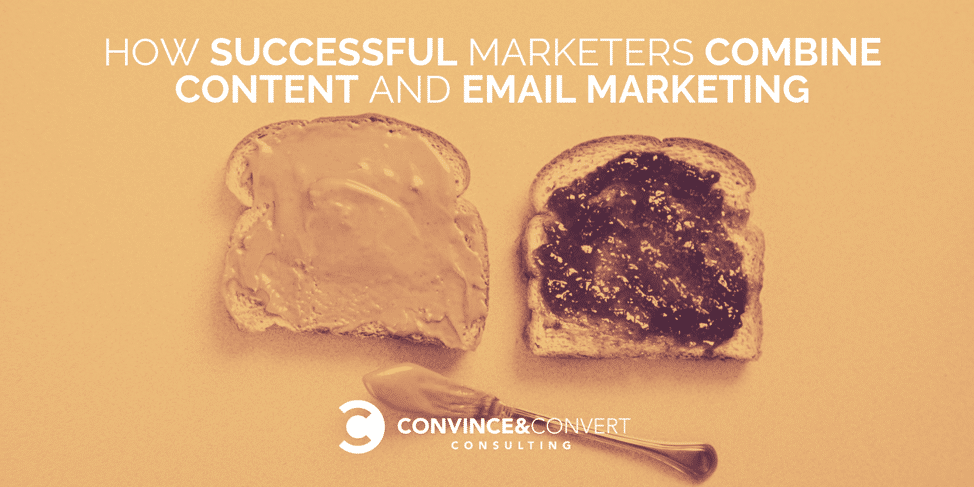
2. Build Webinars Based on Original Research
Are you always looking for your next idea for a webinar topic? Research is a perfect content source that you can use to develop the topic for your next webinar. Use the research to identify a problem or opportunity and your speakers can provide expert advice on that topic. The research delivers a logical and factual reason for why you are covering the topic, and the research helps support the useful tips and strategies that you recommend on the webinar. Theses webinars by Vidyard and Perfect Audience are both built on original research studies.

3. Establish Thought Leadership to Build Brand Awareness
How do you get others to recognize your brand in a positive light? According to our 2020 Building Thought Leadership with Content survey, 60% of marketers agreed that educational content was key to achieving thought leadership. Attach your brand to high-quality research, and you will position yourself as a thought leader, fact-based, authoritative, educational, unbiased, and more. The research will also be featured by industry experts, media outlets, trade organizations, and other third-party groups that will put a spotlight on your brand. In a world that reputation is everything, using research as part of your content marketing mix adds credibility to your brand and validates you with your community.

Conducted by Ascend2 and Research Partners
Published April, 2020.
4. Break into a New Target Market, Region, Industry, Niche, etc.
Experts preach that you should segment your list to optimize performance. That same principle is also true for your research. If you serve the SMB market but find that there is an opportunity in the enterprise market, having research for the enterprise market is an excellent strategy to build brand recognition with the enterprise market. Release a study with enterprise benchmarks, and you will begin to establish your brand as a thought leader to the enterprise community. Here is an example of a research report that targets enterprise marketing professionals. You can target by region (North America, Asia-Pacific, Latin America, etc.), industry (financial services, healthcare, technology, etc.), company size (SMB, Enterprise), job level (manager, director, C-level), expertise (B2C, B2B), etc.
5. Use Gated Research Reports for Lead Capture
Need leads? First, create content that has value to an individual. Research is valuable because it is credible, agnostic, and people want to know what others think about a topic. If you are an email marketing professional, you want to know what email tactics are working for other marketing professionals. What are their challenges, budgets, open rates, click-through rates, conversion rates, engagement rates, etc.? If you want leads, put your high-value research behind a registration form and capture the needed information to start a relationship with the person that downloaded your report. Research reports generate the highest rate of lead-to-customer conversions, so use your research to generate more leads. Here is an example of a gated research report. Tip: Don’t ask for too much information on your registration form. Only ask for what is needed to begin engagement with a prospect. For example first name, last name, email address, and company.
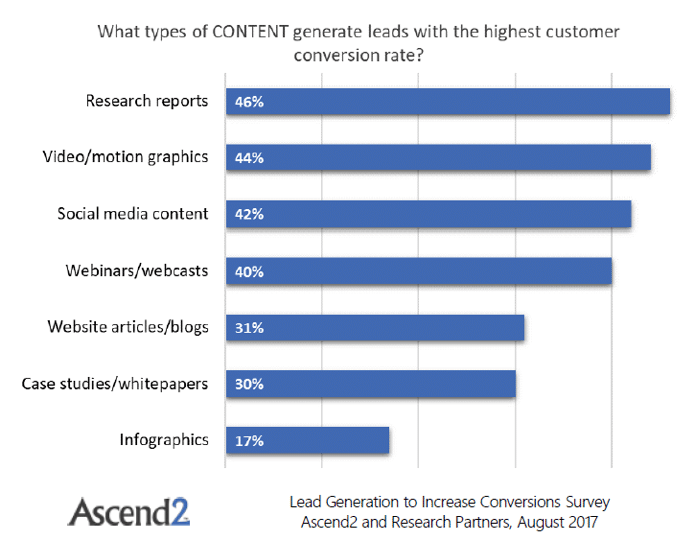
6. Ungate your Research Reports to Improve SEO
With ungated content, you don’t collect contact information, but you do gain valuable SEO juice as well as a wider reach of your research content. Here is an example of a research study that is ungated.
7. Create Engaging Infographics from Research Data
A picture is worth a thousand words. A well-designed infographic of your original research is an excellent way to share your research with the community and increase engagement. Here is an example of an infographic from an Uberflip and Ascend2 research study on account-based marketing. https://hub.uberflip.com/blog/abm-hits-and-headaches-infographic.
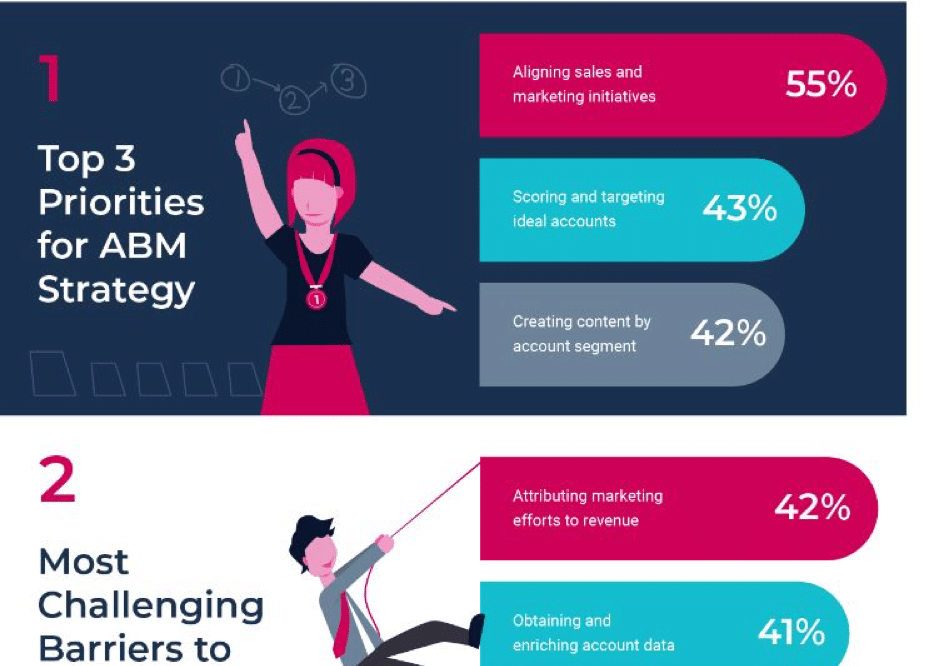
Use the infographic to tell a story. Tip: the same story you tell with an infographic can also be used for a webinar, blog post (longer posts are great for SEO), and video. There is an art to getting the most from your original research, and when you learn it, you will be amazed at how efficient the process is and the value you receive from a single piece of research.
This post and infographic from Vidyard, The Best Small Business Tech Stack in 2020, was created with marketing data and statistics from Ascend2 as a foundation.
8. Use Research Statistics to Produce Short-Form Videos
Create a video that provides a few of the highlights from your research and includes a clear and specific call-to-action (CTA). Here is an example of a video Vidyard created based on the research study Creating and Sharing Content.

How long should your video be? It depends on what stage of the sales funnel you are targeting with your video. A Vidyard article, How Long Should Your Videos Be? recommends for the top of the funnel, make your video educational and fun to get a persons attention. Videos on Instagram/Facebook should be 15 seconds or less, for YouTube a minute and 30 seconds or less. As you move down the funnel and prospects are more interested in your service, the length of your videos can be longer, but don’t go past 5 minutes.
9. Get Valuable Media Coverage from Original Research
Media won’t feature your how-to report or white paper, but they will feature original research. The reason to love media coverage is that it provides thought leadership, backlinks, SEO juice, and more. One strategy is to focus on the popular media sources and thought leaders in your industry, share with them your research, and if they feature your research in an article, you will soon find many articles that mention your research. Even better, all of those articles about your research should have backlinks to your site. Our research has been covered by media outlets such as Forbes, Search Engine Journal, Inc., Huffington Post, AdWeek and many more.
10. Increase Sales Engagement
Does your sales team need “smart” reasons to reconnect with qualified sales leads? How about sending your sales leads original research that helps them do their job better (think value), as well as a natural way for your sales team to advance the conversation? You can set-up a few email templates in your CRM, and you are ready to rock-n-roll! Original research is a great way to engage an audience, especially a qualified audience that is already familiar with your brand.
11. Build Relationships with Lead Nurturing Campaigns
Capturing a lead is great, but unless you have a nurturing campaign set-up, you will never optimize your demand generation program. Use your research to engage with prospects and keep your brand relevant to them for when the timing is right for them to make a purchase decision.
12. Refer to Research Statistics and Data in Social Media
Research statistics, charts, and industry trends are excellent for social media posts and engagement. Original research also positions you as a thought leader and influencer, important if you want to get reposts and comments on your content. Include a picture of the chart(s) when posting on social media channels. The combination of content and pictures will dramatically increase engagement. Here are a few examples of original research used in social media:
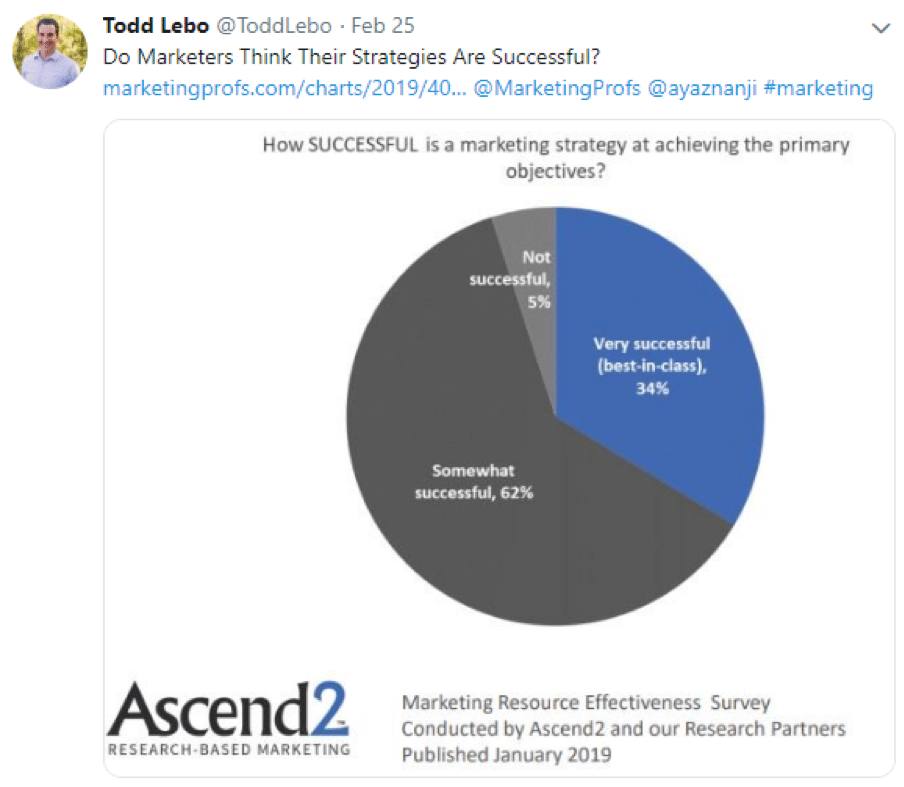
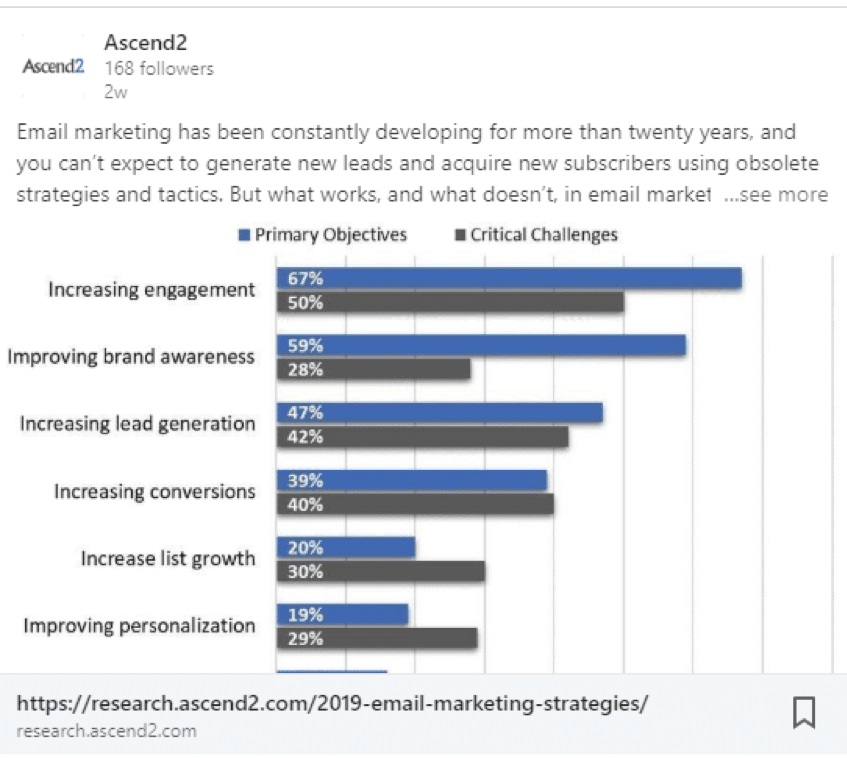
13. Create Podcast Content with Original Research
Podcasts are growing in popularity, according to this study, 82.4% of people listened to podcasts for more than 7 hours each week in 2019. You can listen to a podcast in the car, while taking a walk at lunch, or jogging on the treadmill.
Much like a webinar, you can use your original research to generate the content for your next podcast. One effective strategy is to use one research chart at the beginning of a podcast to set the stage for your podcast. For example, if your research study found the top seven challenges that marketers experience in implementing an Account-Based Marketing strategy, you can start the podcast by reviewing the challenges, and spend the rest of the podcast providing the audience practical tips and tactics to overcome those challenges.
TIP! If you don’t have a podcast of your own, use your original research as a pitch to appear as a guest on someone else’s podcast.
14. Create Content for Guest Blog Posts
If you do regular guest blog posts, or you want to do them, research content is a simple solution on what to write. One research study can tell many stories. Here is an example of a guest blog post using Ascend2 research.
15. Identify and Solve a Problem Using Research for a Product Launch
Your products should solve problems. What better way to launch a new product than to have original research that reveals the problem and then you can show how your product fixes that problem. Plus, using original research as part of your product launch will be valuable for your press release, for trade events, and when to talk to an industry analyst.
16. Build SEO with Research Content
Search Engine Journal (SEJ) article, 9 Tips for Your Best SEO Content in 2019, lists providing facts in content as a key ingredient to SEO success.

SEJ states “The key to trustworthy SEO content: Research!” Original research is trustworthy, and media sources and thought leaders will cover your research, resulting in backlinks. Backlinks are gold for improving your SEO strength. A recent Ascend2 research study resulted in 30+ backlinks from media and thought leaders, and that number will continue to grow. Yes, the power of original research to improve SEO is amazing!
17. Get Valuable Backlinks to Improve SEO
The following is a quote from a Search Engine Journal article, 7 Content Types That Gain the Most Engagement & Links. “Few things are as valuable to a brand as original research. Much of today’s online content is modeled after other content, which is modeled on something else. Original research stands out as a unique source of information. What’s more, it also positions you solidly as an authority figure that knows a thing or two about your industry. In fact, BuzzSumo reports that original research and reports actually gain links and shares much more rapidly than lists or viral content. The reason is simple. In addition to tapping into industry trends, original research also provides in-depth insight and offers a data-driven foundation for other people to develop their own content and then link back to yours.”

High-quality backlinks have a profound impact on your Google position. In fact, research by Brian Dean of Backlinko reveals that top sites on Google have more links than the rest. Remember, when it comes to backlinks, you want quality over quantity.
18. Produce a Video Infographic with Research to Boost Engagement
If you’ve created an infographic, why not take that same infographic and make a video infographic? A video infographic ads movement and audio to an already power visual infographic. Here is an example of a video infographic from ClickDimensions. In the article, How to Make a Video Infographic from Scratch in 10 Easy Step, a collection of original research is a key step to success. Other steps are to determine the audience, what is the purpose, select the right tools, video production, and more.
Do you have additional ways to maximize the value of original research? We would love to find out what works for you, so please comment with your success story.

